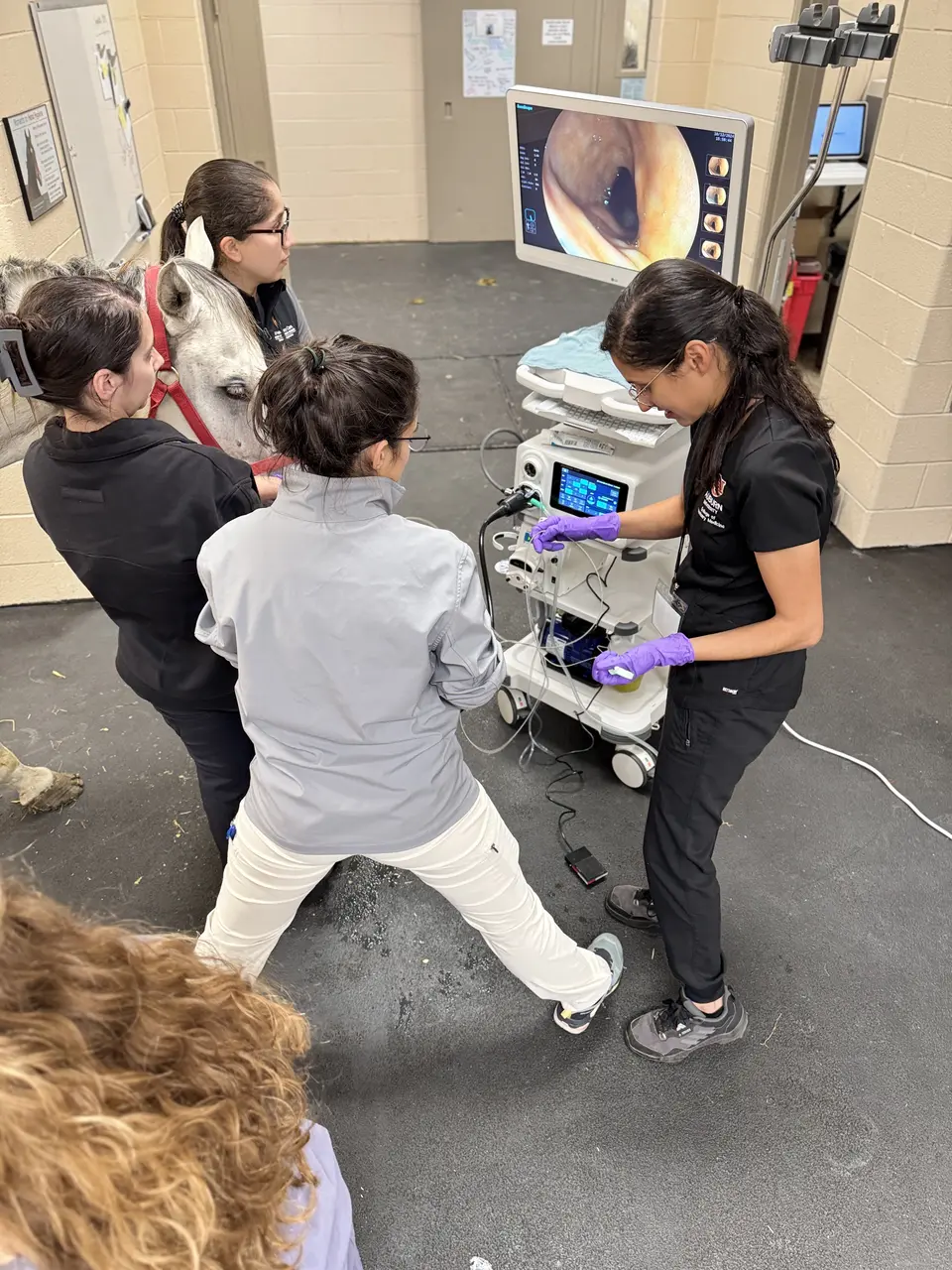Veterinary medicine continually evolves with technological advancements, driving better diagnostic and therapeutic outcomes. One such innovation making a significant impact is veterinary endoscopy equipment. This article explores the advancements and their implications for the future of veterinary care.
The Evolution of Veterinary Endoscopy
Endoscopy has transformed from a novelty to a vital tool in veterinary diagnostics. The technology has matured significantly, offering veterinarians new ways to access and understand internal structures without invasive surgeries.
Initial endoscopic equipment was designed predominantly for human applications. However, its adoption in veterinary practices has spurred innovations refined for animal physiology, allowing precise exploration of gastrointestinal, respiratory, and urinary tracts. The evolution of endoscopy has enabled minimally invasive surgery with reduced risk and recovery time.
Moreover, the scope and precision of these tools have expanded, addressing the needs of diverse species, including birds and reptiles. This versatility underscores the pivotal role of endoscopy in broadening the diagnostic horizons across veterinary practices.
Latest Advancements in Endoscopy Equipment
Recent advancements include improved imaging technologies such as high-definition cameras and enhanced fiber optics. These developments offer clearer, more detailed visuals, giving veterinarians unparalleled insights into animal conditions.
The integration of advanced imaging modalities, including narrow-band and magnification endoscopy, has significantly enhanced precision in diagnosis and treatment. These technologies enable early identification of conditions like ulcers or tumors and allow for targeted interventions, improving patient outcomes remarkably.
The continuous advancement in technologies, including robotic-assisted systems, is paving the way for more accurate and minimally invasive procedures. The future of veterinary endoscopy equipment holds exciting potential for further enhancements, making diagnostics faster and more efficient.
Benefits of Minimally Invasive Procedures
Minimally invasive procedures offered by endoscopic technology provide numerous benefits, such as reduced healing times, decreased pain, and diminished risk of complications, leading to enhanced welfare for animal patients.
The ability to perform diagnostic and therapeutic procedures via small incisions or natural body openings minimizes trauma to the tissues, enabling quicker recovery and reducing the risk of infection. This is particularly beneficial in delicate procedures involving species such as horses, where quick post-treatment recovery is critical to maintaining health and functionality.
Endoscopy has also proven invaluable in preventive care, allowing for routine screenings to detect potential health issues earlier. The minimally invasive nature of endoscopic procedures ensures ongoing health monitoring while significantly lowering the stress and risks associated with traditional surgical approaches.
Training and Adoption in Veterinary Practices
As with any new technology, training is crucial for effective implementation. Veterinary professionals must be skilled in using these advanced tools to maximize their potential benefits, necessitating updated educational programs and resources.
Continued advancement in endoscopic technology necessitates an adaptive approach to training, ensuring practitioners stay at the forefront of technical proficiency and patient care standards. Online courses, workshops, and conferences are increasingly incorporating endoscopic techniques, fostering an environment of learning and skill enhancement.
The accessibility of training resources and the promotion of hands-on experience through collaborations with leading veterinary schools and specialist centers are pivotal steps in ensuring that these technological advancements are effectively integrated into veterinary practices.
Potential Challenges and Considerations
While promising, adoption of new endoscopy equipment comes with challenges, including costs and access to training. Veterinary practices must consider these factors while integrating such technologies into their workflows.
Moreover, anatomical constraints present a challenge in performing minimally invasive procedures on smaller species. The need for innovation to produce more adaptable and versatile endoscopic instruments is critical to overcoming these limitations.
Additionally, maintaining and ensuring the sterility and efficacy of endoscopy equipment requires stringent protocols to prevent cross-contamination and damage, which can be significant considerations in the equipment management process.
Embracing the Future of Veterinary Care
As technology continues to advance, veterinary endoscopy equipment is poised to revolutionize the field of veterinary medicine. With enhanced diagnostic capabilities, minimally invasive procedures, and better outcomes for animals, this equipment represents a critical advancement in veterinary care. As more veterinarians adopt these tools, the future of veterinary medicine looks decidedly promising. Visit our homepage to explore more about these transformative technologies and how they can elevate your veterinary practice.





